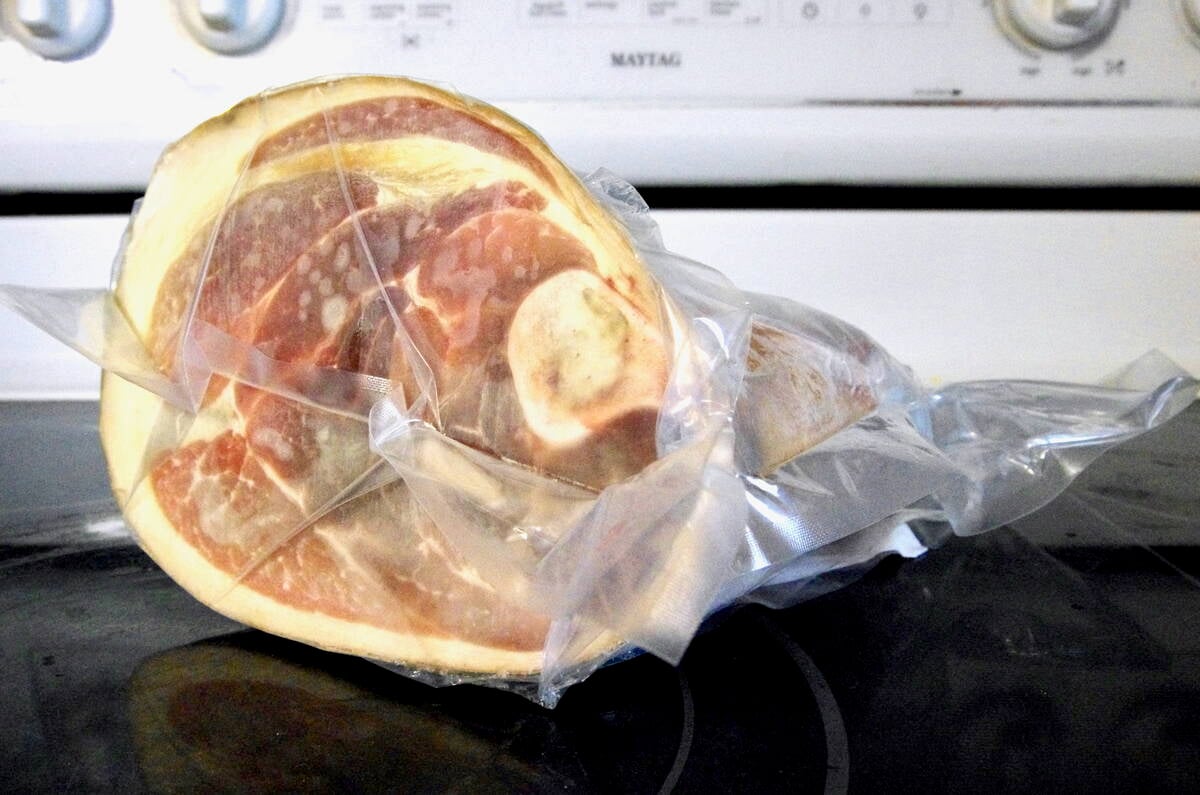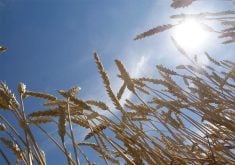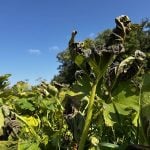Many beef producers face low hay yields this year.
It is usually cheaper to grow your own feed than to buy it, so producers should start planning winter feeding programs now.
Roadsides, sloughs and waste areas can be cut for hay, and don’t overlook quackgrass.
The feed value of slough hay is usually better than straw and can approach that of brome grass hay. Try to cut and bale slough hay before the first frost. Frozen slough hay deteriorates quickly.
Hay from cereal crops usually contains enough nutrients to overwinter beef cattle with minimal supplementation. Wheat, barley, oats, rye and triticale can all make good hay crops.
Read Also

Trade war may create Canadian economic opportunities
Canada’s current tariff woes could open chances for long-term economic growth and a stronger Canadian economy, consultant says — It’s happened before.
Swath between heading and the soft dough stage. Time it to retain as much leafy material as possible. Cut rye shortly after flowering to preserve palatability and protein content.
Seed for winter grazing
Now that many dry areas have had rain, consider seeding crops for grazing. Seed very soon to promote maximum growth before killing frosts occur in September.
Peas, lentils, flax, canola and mustard crops are also a good source of hay. Although they are rarely seeded for greenfeed, they should be considered where a field might be plowed under as a result of low yield potential.
Contact crop insurance before cutting or grazing insured crops for livestock feed.
Canola and mustard crops are suitable for forage but can be difficult to bale. Make bales loose to reduce the risk of heating and spoilage. When feeding canola or mustard hay, remove other sources of feed for a few days to allow the cattle to become accustomed to the feed.
On a dry basis, average values of canola for crude protein range from 10.5 to 14 percent and values for TDN range from 54-55 percent.
Flax can be a palatable greenfeed but be cautious. Under certain conditions, flax accumulates deadly prussic acid (a form of cyanide). A simple feed test will determine safety.
Check for nitrate accumulation in crops used for grazing or hay. Frost, dryness and other stress can cause nitrate accumulations.
If cutting or grazing a seeded crop, check the herbicide used. Some have little impact on grazing or feeding while others will rule the crop out.
Consider collecting chaff and straw. They can comprise the bulk of a winter feeding program for cows. Improve the quality by applying anhydrous ammonia prior to feeding.
Raw grain screenings and pelletized screenings are an option. Weed seeds are destroyed in the pelletizing process, but are still fertile in raw grain screenings and that may cause weed problems when the manure is spread on the land.
Pastures can be “stretched” by feeding grain, hay or straw. Feeding five pounds of barley chop per cow per day is like adding 20 percent more pasture.
Seeding annual cereal crops for grazing or hay can be considered. Cereals can be grazed about four to six weeks after seeding. A second field may be seeded a few weeks after the first to further extend the grazing season.














